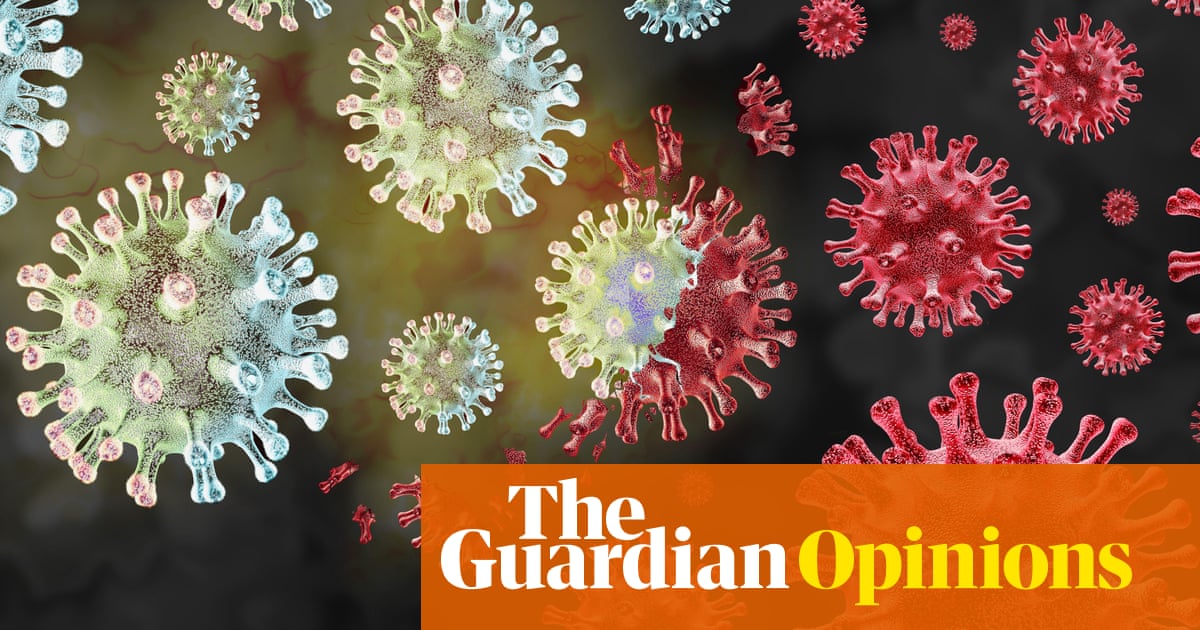
Like an animal that lurks under the surface most of the time, doping popped its ugly head up last week and upset the Winter Olympics, one of the major worldwide sports events that is supposed to bring people together in friendly competition and collective celebration. This time, doping had another sad and disturbing aspect: It involved a minor — a talented 15-year-old girl, the Russian ice skater Kamila Valieva. The media and the rest of the world were caught between anger and sympathy.
First, what is doping and how does it work?
Doping is the illicit usage of drugs and medical procedures that abnormally boost the body’s capabilities and performance, giving an unfair advantage to an athlete over competitors. The products and the techniques used by cheaters keep evolving, but they can broadly be classified under four types.
Stimulants, which range from caffeine to cocaine and include amphetamines in particular, are used in sports that require speed, alertness and quick reactions. Anabolic steroids, which include testosterone (the “male” hormone), increase muscle mass and power and thus help a great deal in athletics. EPO, which exploded in sports like cycling and long-distance running, is naturally produced by our bodies and now also synthetically manufactured. It helps produce more red cells in the blood to carry more oxygen for endurance. Finally, blood transfusion is done when an athlete has trained at high altitudes, meaning their body has produced more red cells. The blood is then stored and reinjected into the athlete’s veins the night before the competition for more oxygen and endurance.
Poor Valieva had a drug called trimetazidine, which increases blood flow efficiency and helps athletes train for longer or through more intense routines. She and her entourage claimed that her grandfather takes heart medication and somehow traces of it found their way into her body. The New York Times reported that her urine sample contained two other substances that help the heart — both legal — but, as the chief executive of the US Anti-Doping Agency put it, they aim at “increasing endurance, reducing fatigue and promoting greater efficiency in using oxygen.” Other officials commented that the presence of three such drugs in a young athlete’s urine is highly unusual, to say the least.
And why is doping bad? Partly because it goes against the spirit of sports: Competing through one’s talent and hard practice. Partly because it is dangerous, at the very least subjecting athletes’ organs to long-term effects and possible death (there have been several unconfirmed cases so far). And even if it were not dangerous, doping would be unfair to those who do not have access to such drugs and techniques or refuse to use them because they are unethical.
Anti-doping agencies have done a great job at reducing the phenomenon and making doping more difficult for everyone.
Nidhal Guessoum
Doping has been a problem for decades, sometimes adopted by entire states and their sports federations and sometimes by individual athletes or teams. Why? Prestige (for the athlete and the state) and/or money.
Many of us remember the female East German athletes who looked like big men and for the rest of their lives developed low voices and body hair; they had been heavily doped with testosterone. State-sponsored doping is what led to Russia receiving a two-year ban in 2020, meaning that its athletes nowadays compete under the Russian Olympic flag and do not hear their country’s anthem when they win. The Tour de France was darkly tarnished by Lance Armstrong’s doping, which gave him a record seven wins (an incredible feat, indeed too impressive to be achieved cleanly). At the peak of his career, Armstrong was, through advertising, sponsorship and investments, worth $125 million; today he is still worth $50 million despite his fall from grace.
It is very difficult to say how widespread doping is, especially because there are all kinds of tricks that can be (and are) played to evade effective testing. One such method is “microdosing” — taking below-threshold, undetectable doses of a drug at regular intervals. And new drugs and techniques keep appearing on sports circuits.
We need to find ways to stop this dangerous and costly cat-and-mouse game. Although underfunded and facing big challenges, national and international anti-doping agencies have done a great job at reducing the phenomenon and making doping more difficult for everyone.
One brilliant recent development was to target officials (from coaches to directors of sports programs and federations) who facilitate doping, threatening them with extradition, prison terms, international travel bans and large financial penalties.
Coaches need to be made aware of their responsibility, particularly in cases involving minors. Indeed, Valieva (or whoever filled in her forms) did report those two legal heart drugs but not the third. Did the poor girl even know what drugs she was taking and for what reason? Should children who need such drugs (assuming it was a valid and proper health medication) be included in such high-stakes, high-profile international sports competitions, risking huge media exposure that could be damaging to their psyches and lives for years to come?
Athletes, especially when they start out as children and teenagers, are often too immature to understand the stakes. The adults in charge of such sports programs need to realize that, by doping their pupils, they are playing with fire.
• Nidhal Guessoum is a professor at the American University of Sharjah, UAE.
Twitter: @NidhalGuessoum
Disclaimer: Views expressed by writers in this section are their own and do not necessarily reflect Arab News" point-of-view












